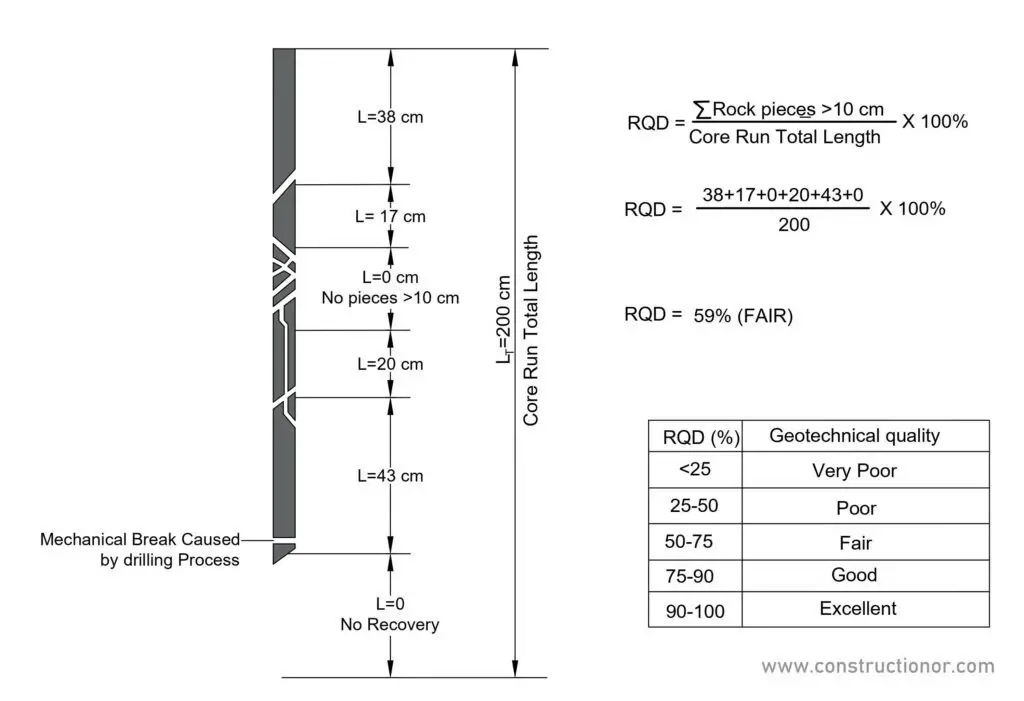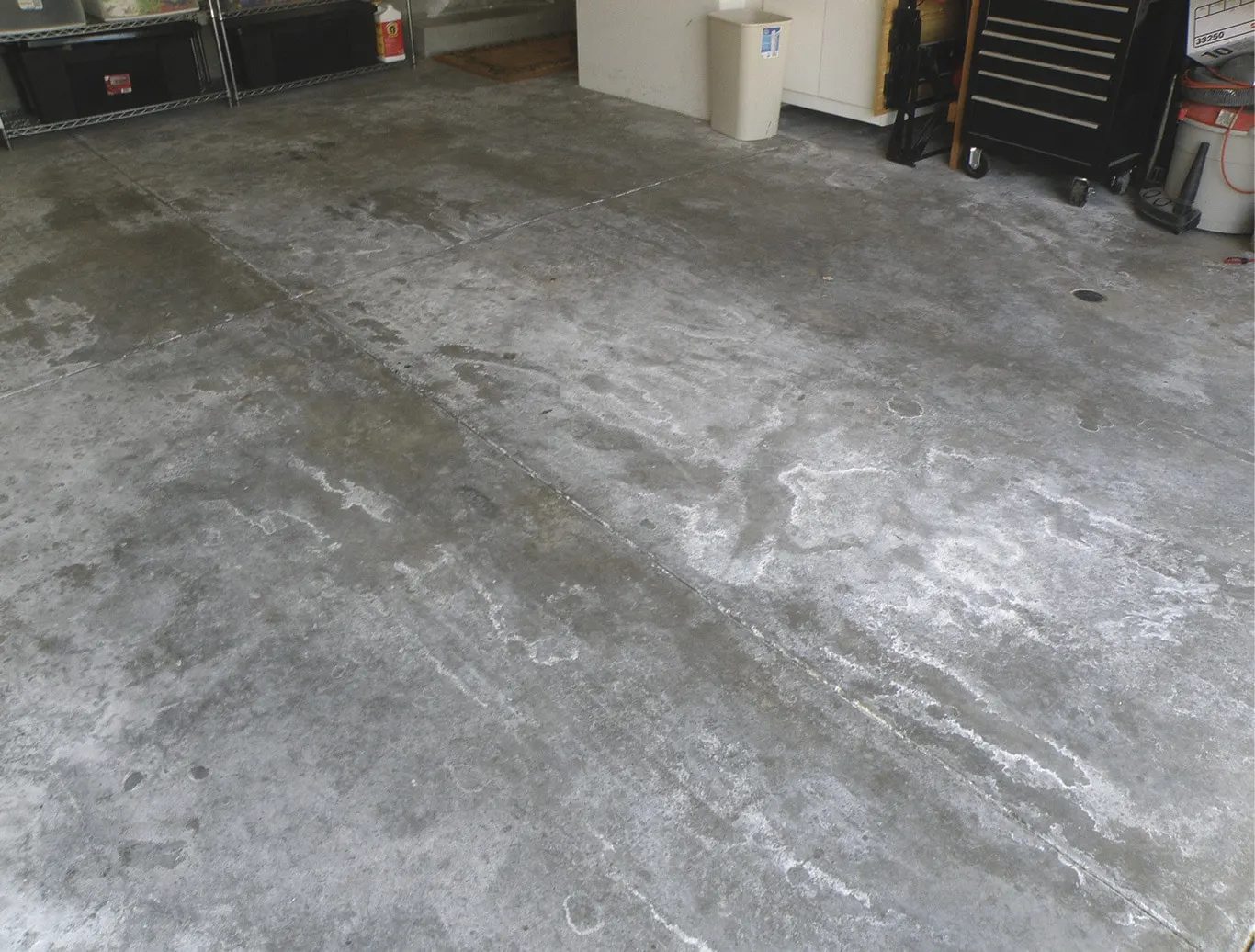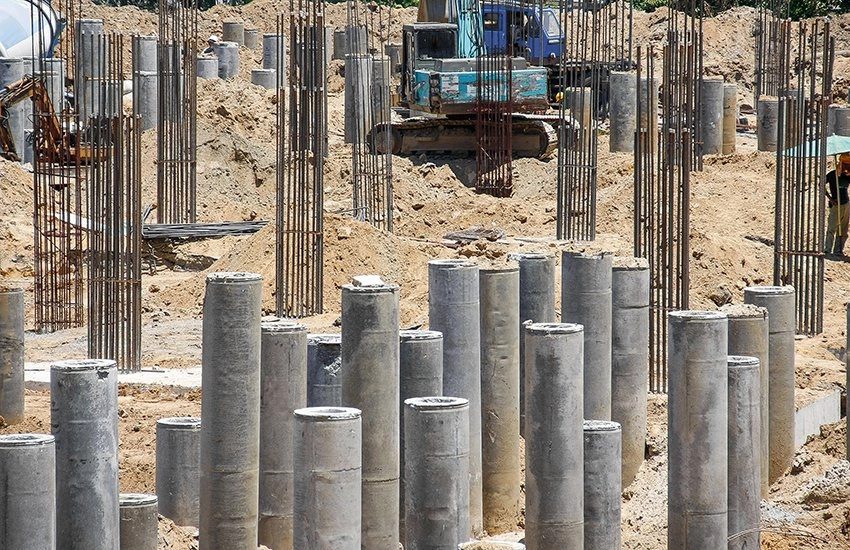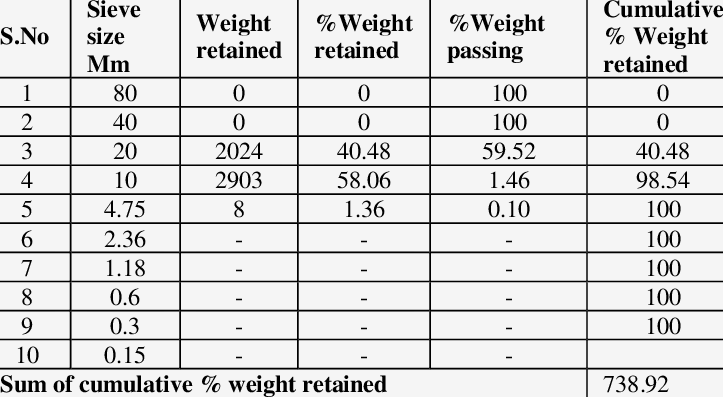Hydraulic jump is a phenomenon in the science of hydraulics that is frequently observed in open channel flow such as rivers, canals, wiers, and spillways. When liquid at high velocity discharges into a lower velocity zone, there is a sudden increase in the liquid surface.
It is a phenomenon often observed in open channels used to destroy the surplus energy of water flowing through an open channel.
This energy is the change of the initial kinetic energy of the flow which changes the potential energy along with some of the energy lost instinctively in the form of friction, turbulence, relaxation, heat and noise in the process.
Here we will learn about hydraulic jump, types of hydraulic jump & much more.
Introduction to Hydraulic jump:
The specific behavior of supercritical flow and subcritical flow is analyzed to the extent of understanding the reason for the formation of hydraulic jumps.
The dissipation of water energy during the hydraulic jumps is a desirable event as it prevents the scoring of the back floor of the dam.
Characteristics of hydraulic jump:
- Hydraulic jump helps to dissipate the excess energy of the water flowing over the spillway of the hydraulic dams.
- This helps to increase the weight on one apron of the hydraulic structure due to the increase in depth of flow, hence the uplift pressure on the apron is quite unbalanced.
- It is used to remove air pockets from the water supply pipe.
- Also used for the aeration and de-chlorination of aeration.
Types of hydraulic jump:
Hydraulic jumps based on Froude’s number are classified into five categories as follows:
1.Undular Jump:
The Froude number is between 1- 1.7.
The surface of the water is rotating on the surface with a very slight wave.
The energy loss is practically zero.
2.Weak Jump:
Froude numbers range between 1.7– 2.5.
Small rollers are developed on the surface of the water, the water surface is smooth after the hydraulic jump.
Energy loss is very low, around 5 to 18%.
3.Oscillating Jump:
The Froude number varies from 2.5 to 4.5.
Formation of large waves of irregular periods.
Waves are transmitted downstream which damages the embankment.
4.Steady Jump:
The Froude number ranges between 4.5– 9.
A clear separate static hydraulic jump is formed.
Energy losses range from 40 to 70%.
5.Strong Jump:
Froude’s number exceeds 9.0.
The surface of the water is very rough, zigzagged and continues for long distances downstream.
Assumptions in the analysis of hydraulic jumps:
- The slope of the channel is very small, so the corresponding weight component in the direction of flow is negligible.
- No friction on the sides and channel bed.
- The flow is uniform.
- The pressure distribution is hydrostatic before and after the jump.
- The hydraulic jumps occurs suddenly.
Uses of hydraulic jump:
A hydraulic jumps occurs in the following situations:
- Downstream of the sluice gate.
- At the foot of the spillway.
- When the gradient suddenly changes from a steep to a flat slope.
- When a rapid flow meets a streaming flow having a larger depth.
Also read: Surge Tank, Types of Dams & Fish Ladder
Conclusion:
An increase in the water level occurs when a liquid at high velocity discharges into a region of lower velocity called a hydraulic jump.
This destroys the surplus energy of water, beyond the hydraulic jumps, water flows more deeply with lower velocity.










It’s so nice knowledge sharing I will say thanks so much